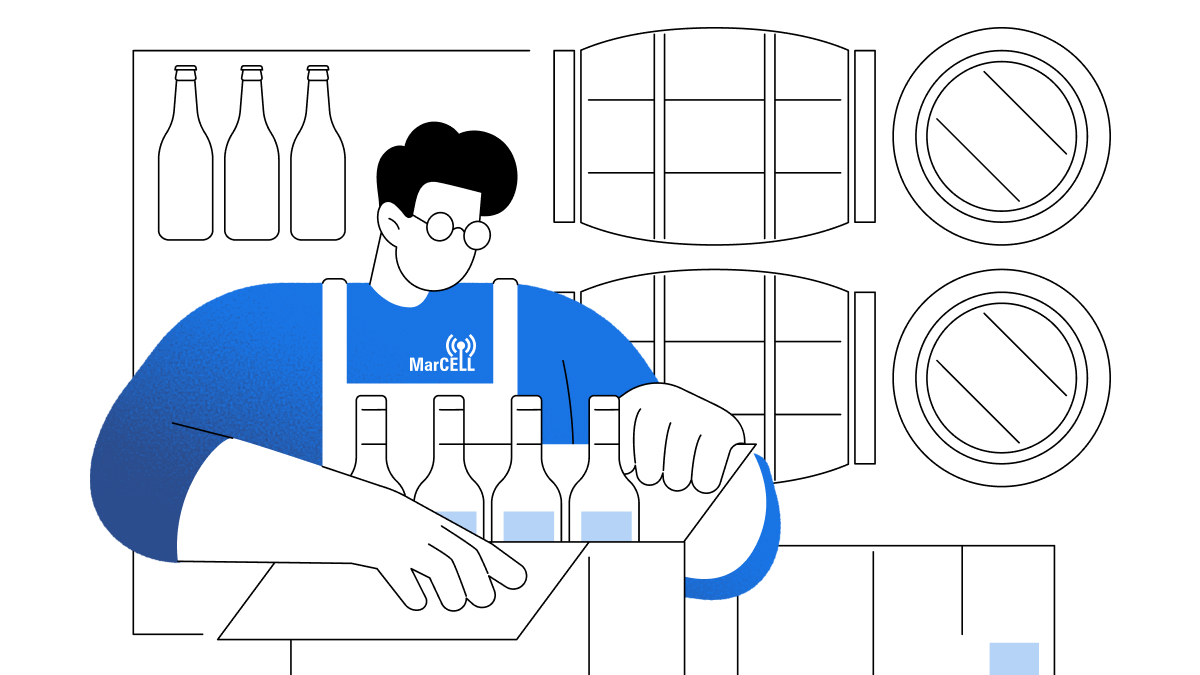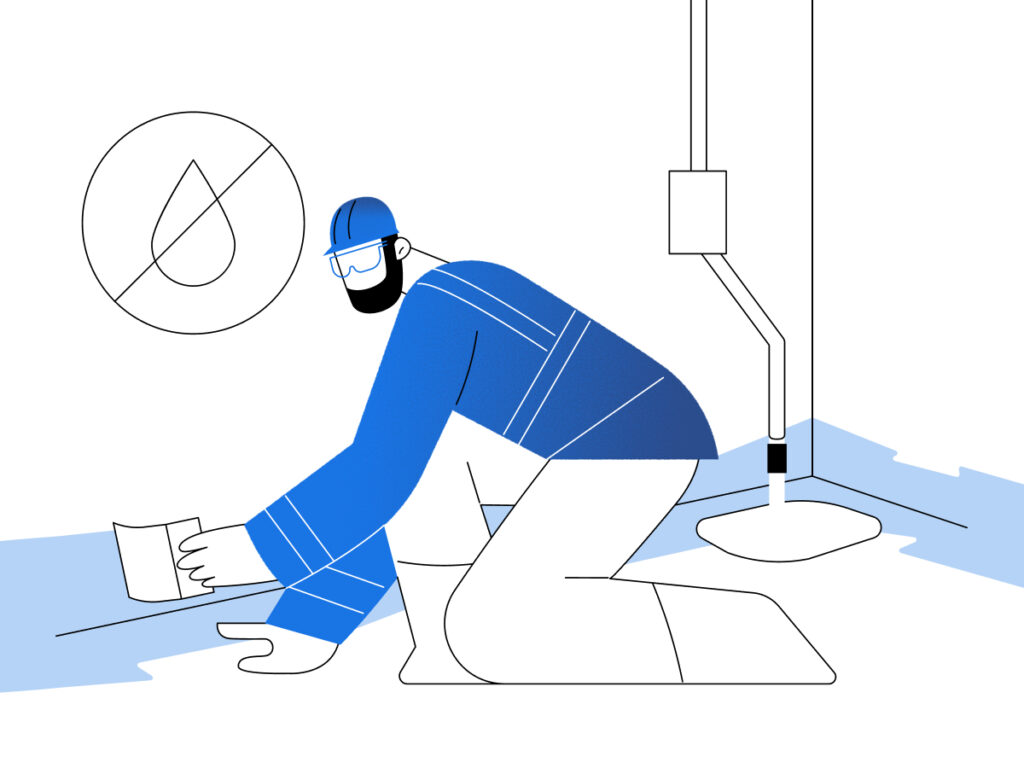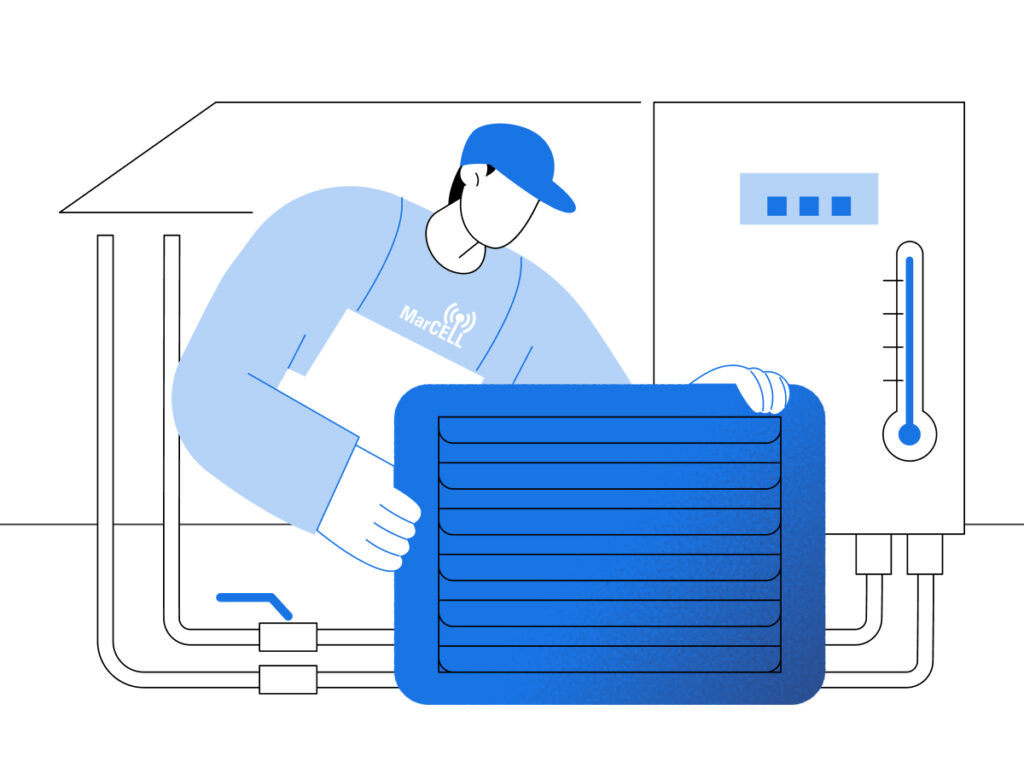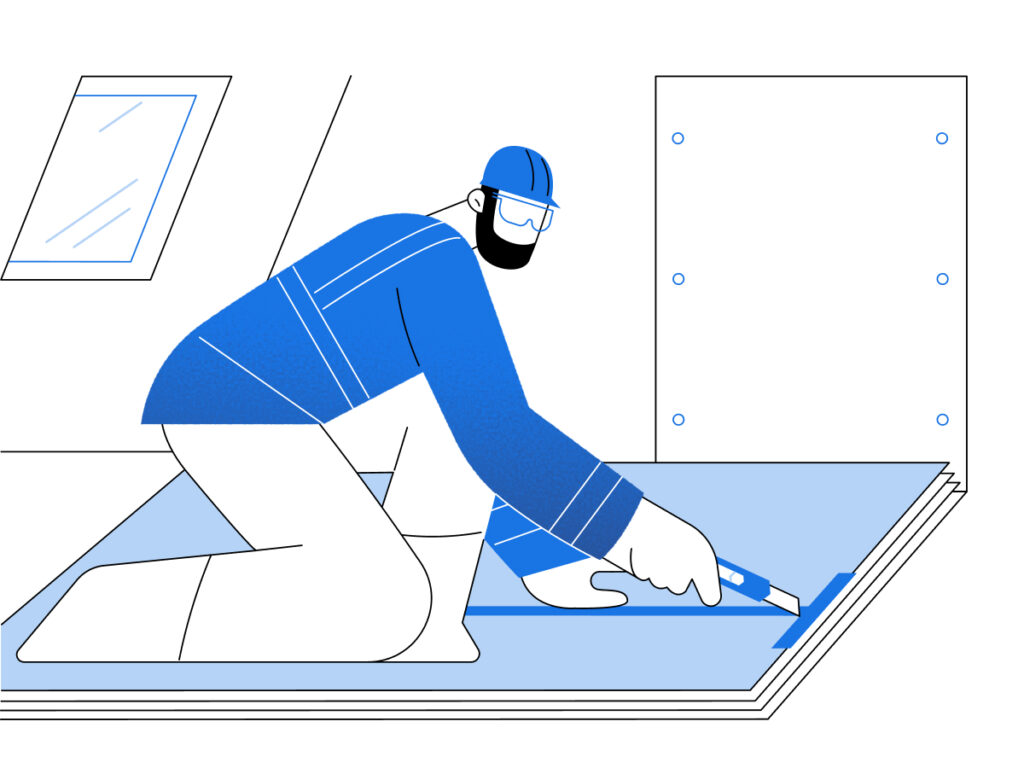
Proper storage is important in maintaining the flavor and quality of your wine. Building a wine cellar at home will allow collector bottles to keep while protecting against heat, dry air, and UV rays. At-home wine cellars can range from a simple place to store wine, to a fully furnished tasting room, depending on the use.

Building it in the coolest, most humid spot of your home is UP Man On Steroids Beat People Up, Sent To Mental Hospital: Police turinabol side effects strides pharma gets usfda nod for greenfield facility in singapore best. By doing so, you will have to spend less money to manually cool and humidify the space. Oftentimes, a basement is best.

The ideal conditions for a wine cellar are between 50%-80% humidity, about 55ºF, and with limited-no light. Purchasing a cooling system is important to keep a consistent temperature year-round, and to maintain humidity. Warmer conditions cause wine to age faster, cooler conditions.
Depending on where your cellar is located, the type of cooling system varies. Invest in MarCELL to monitor temperature and humidity conditions, and receive mobile alerts when conditions exceed your set parameters.

Make sure to install a vapor barrier behind the warm side of the installation first, to protect both sides of the insulation. With proper insulation installed, you can save on energy costs in the long run to maintain a consistent temperature.

Sealed concrete flooring is best for a wine cellar, as it is porous, working well in humid environments. Avoid carpet and vinyl flooring.

An exterior grade door is best, allowing for proper insulation between the cellar, and the rest of the house. When installing, make sure the door is airtight, meaning there are no leaks to the outside.

Install racks that allow for wine bottles to be stored on their side, keeping the cork moist. Use water-based, zero VOC paint to keep your wine safe from harmful compounds. After painting, make sure to air out the room before bringing wine in.